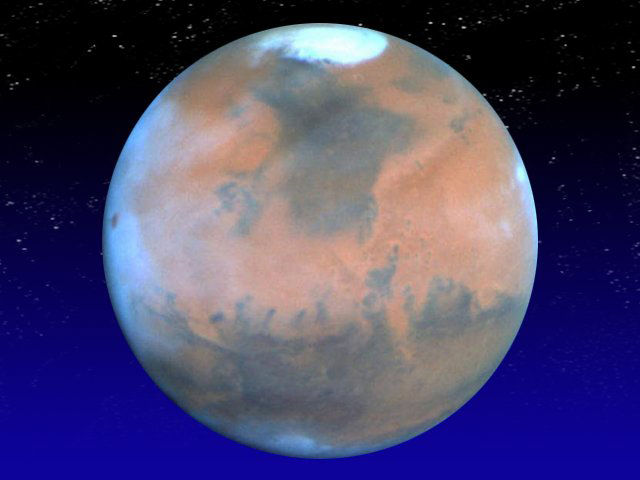Feeding a planet
October 29, 2015
Liquid water was only recently confirmed to be flowing on Mars, in the same month the science fiction film The Martian debuted.
In a more surprising and local coincidence, Washington State University and the University of Idaho’s case study collaboration on growing crops on Mars was published the same day the same film debuted.
“Mars is just on the brain right now,” said Michael Allen, WSU senior instructor of physics and astronomy. “It’s a happy coincidence absolutely, but not unexpected.”
Allen worked with UI assistant professor of food science Helen Joyner, along with a team of other university instructors, to develop an interdisciplinary educational program.
“The goal was to work out ways to instruct students in a way that is engaging and educational…to develop a class that challenges and promotes problem solving, in addition to learning hard facts,” he said.
The workshop, sponsored by the National Academy of Sciences, was held last year on WSU’s campus, the goal of which was to develop a scholarly educational program.
The project’s goals are expected to be explicit to the student, who can engage more actively in the learning process.
“We as a group all had different sciences, different subjects, so we tried to come up with an idea that appealed to all of us,” Allen said. “I teach astrobiology, and I said, ‘Well Astronomy is pretty cool, right?’ and the idea developed from there.”
The case study asks for student groups to choose three crops to cultivate in the arid, inhospitable environment of Mars, with the goal of long-term sustainability.
“We hoped to create a question that didn’t have any ‘one’ solution, and ultimately we succeeded,” Joyner said. “Students are encouraged to find creative solutions, and as they study and test, they eventually find that there is no ‘right’ or ‘wrong’ solutions, but many variants of ‘better’ and ‘worse’ solutions.”
Despite the number of solutions presented to Allen, there were commonalities among many of the students.
“Students typically determine very early on what their priorities are and adhere to them when choosing crops,” Allen said. “So students who feel that high, fast yield is important tend to settle on beans. Students who look for low water usage gravitate toward potatoes.”
He also noted the film’s agreement in assessing potatoes as the most viable food source for Mars.
“These differences lead to discussion, and reassessing their conclusions,” he said. “Students second-guess and then reflect: could they really sustain themselves on a diet of beans and potatoes?”
Allen and Joyner both have already added these questions to the reflections for future use, with Allen’s students adding criteria such as taste, palatability and versatility for consideration in future versions of the case study.
“None of us were very aware of the film, or the book, prior to working on the case study,” Joyner said. “But it was such a great coincidence that the case study was published the same day as the film. It will help bring that much more attention to scientific efforts. NASA [is already] benefiting from the attentional boost.”
One of the biggest challenges for STEM, Joyner said, is that few prospective students are actually aware of what potential avenues there are for STEM workers.
“If more students knew, ‘Oh you could apply a degree in botany to an expedition to Mars,’ then I think more students would be interested in pursuing that field of study,” Allen said.
It is their hope that the study not only brings more attention and interest to the STEM fields, but to the scholarly learning process as well.





















